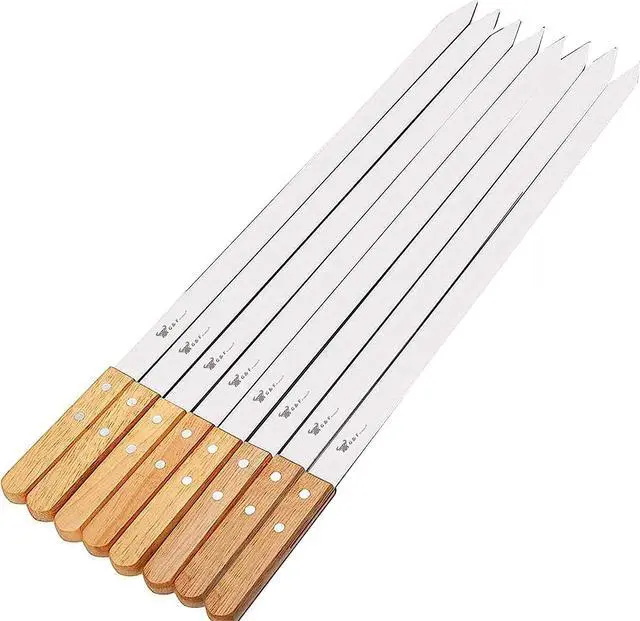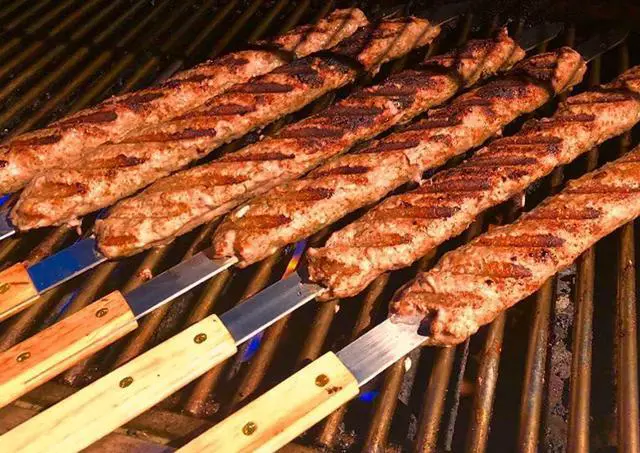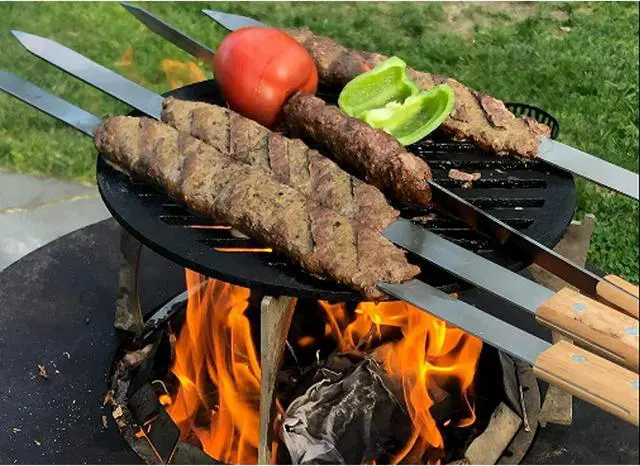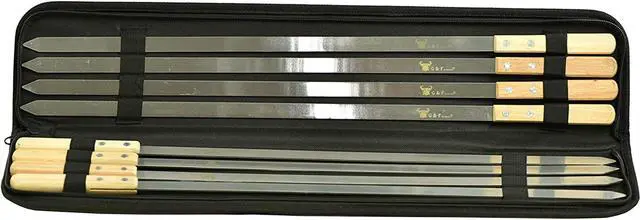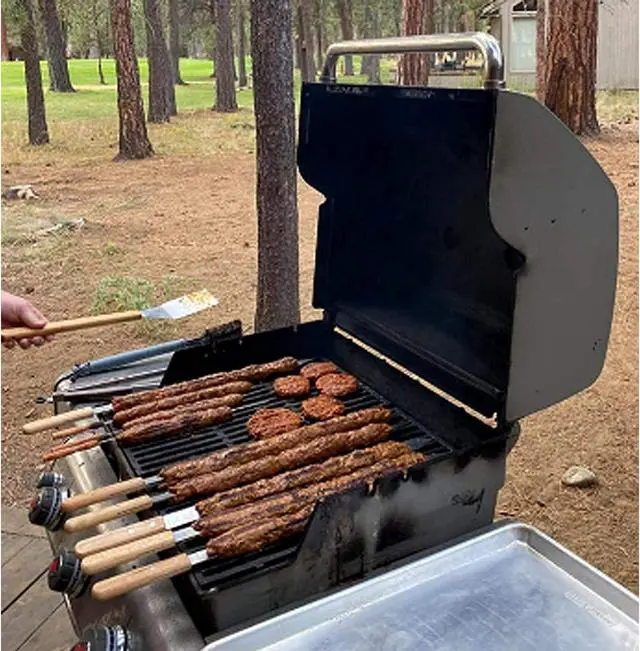

Kebabs have a rich and diverse history rooted in Middle Eastern cuisine, but they have spread in popularity worldwide with various regional adaptations.
The classic kebab, often associated with English-speaking countries, is the shish kebab or shashlik, which features small cubes of meat cooked on skewers. In North America, a similar dish is known as gyros. Another widespread variation, especially popular outside of North America which has become a ubiquitous fast-food item.
However, the term "kebab" encompasses a wide range of grilled meat dishes in Indian English, as well as in the languages of the Middle East, Asia, and the Muslim world. These dishes can vary significantly in their ingredients and preparation methods.
The choice of meat for kebabs is diverse, with lamb or mutton being the most common traditional options. However, regional variations may include beef, goat, chicken, fish, or even pork, although pork is less common due to religious dietary restrictions in some regions.

The evidence of hominin use of fire and cooking in the Middle East dates back as far as 790,000 years, with prehistoric hearths, earth ovens, and burnt animal bones found across Europe and the Middle East by at least 250,000 years ago.
Excavations at the Minoan settlement of Akrotiri revealed stone supports for skewers used before the 17th century BC. Ancient texts such as Homers Iliad and the Mahabharata mention pieces of meat roasted on spits.
While the term kebab may sometimes be used in English as a general culinary term for meat cooked on skewers, its mainly associated with a variety of meat dishes originating in Persian and Turkish medieval kitchens.




